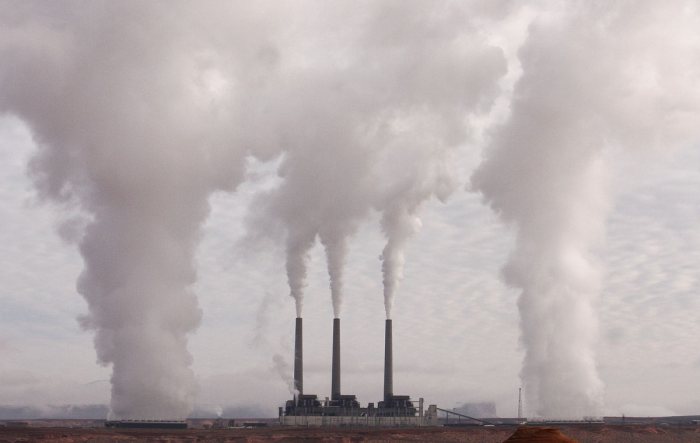
Image: Pixource
With Labor out of the way in South Australia, a barrier to the adoption of the National Energy Guarantee (NEG) has been removed. But it remains Australia may be better served in terms of emissions reduction without it.
In order for the National Energy Guarantee to proceed, it will require unanimous support at COAG. South Australian Labor was opposed to the NEG from the get-go, so while it remained in power it was likely to never make prime time.
In November last year, then-Energy Minister Tom Koutsantonis said the NEG “is either years away, or won’t happen at all.”
Labor’s ousting and what that means for renewable energy in South Australia generally is something that SQ blogger Ronald will cover in more detail very soon. While the turn of events on the weekend removes a thorn from the Federal Government’s side with regard to getting the NEG over the line, whether it should be implemented at all has been questioned again.
Energy and emissions advisory firm Reputex states initial modelling of the NEG is likely to have understated renewable energy investment under current policy. This initial modelling informed the Energy Security Board’s “do nothing” scenario.
“When expected investment at the state-level is considered, modelling indicates that the government’s proposed emissions target for the electricity sector will be exceeded under ‘do nothing’ scenario – without the NEG,” states Reputex.
South Australia had a renewable energy target of 50% by 2025, which was to be boosted to 75% by 2025 if Labor was returned to office. But even with newly-minted Premier Steven Marshall making good on his pledge to abandon the state’s target, SA is already close to achieving the 50% well ahead of schedule.
In February, Green Energy Markets‘ Tristan Edis said SA could reach 75% renewables without the target, largely thanks to GFG Alliances’ Sanjeev Gupta’s vision for Whyalla and local renewables.
The SA situation aside, Reputex points out when Queensland and Victoria’s renewable energy targets are taken into consideration, modelling indicates that around 8 GW of new renewable capacity is expected to enter the market by 2030. This is 8GW that has been “effectively ignored” by the ESB analysis says RenewEconomy’s Giles Parkinson in commentary on Reputex’s findings.
More Danger Signs For The “Solar Rebate”?
Mr. Parkinson states that a “do nothing” scenario with the ignored capacity factored in would achieve 29 per cent emissions reduction, while the NEG is designed to achieved a reduction of 26 per cent.
“Perhaps the only explanation for the Coalition’s omission of this capacity is their assumption that the state-based schemes will be repealed, as it and ESB chair Kerry Schott are calling for, and that the SRES will be dumped or scaled back.”
The SRES is the Small-scale Renewable Energy Scheme. Last week we reported Federal Energy Minister Josh Frydenberg has been pressured by backbenchers Craig Kelly and Tony Abbott to tinker with the STP (Small-scale Technology Percentage), which could negatively impact Australia’s major solar subsidy.

 RSS - Posts
RSS - Posts



Speak Your Mind